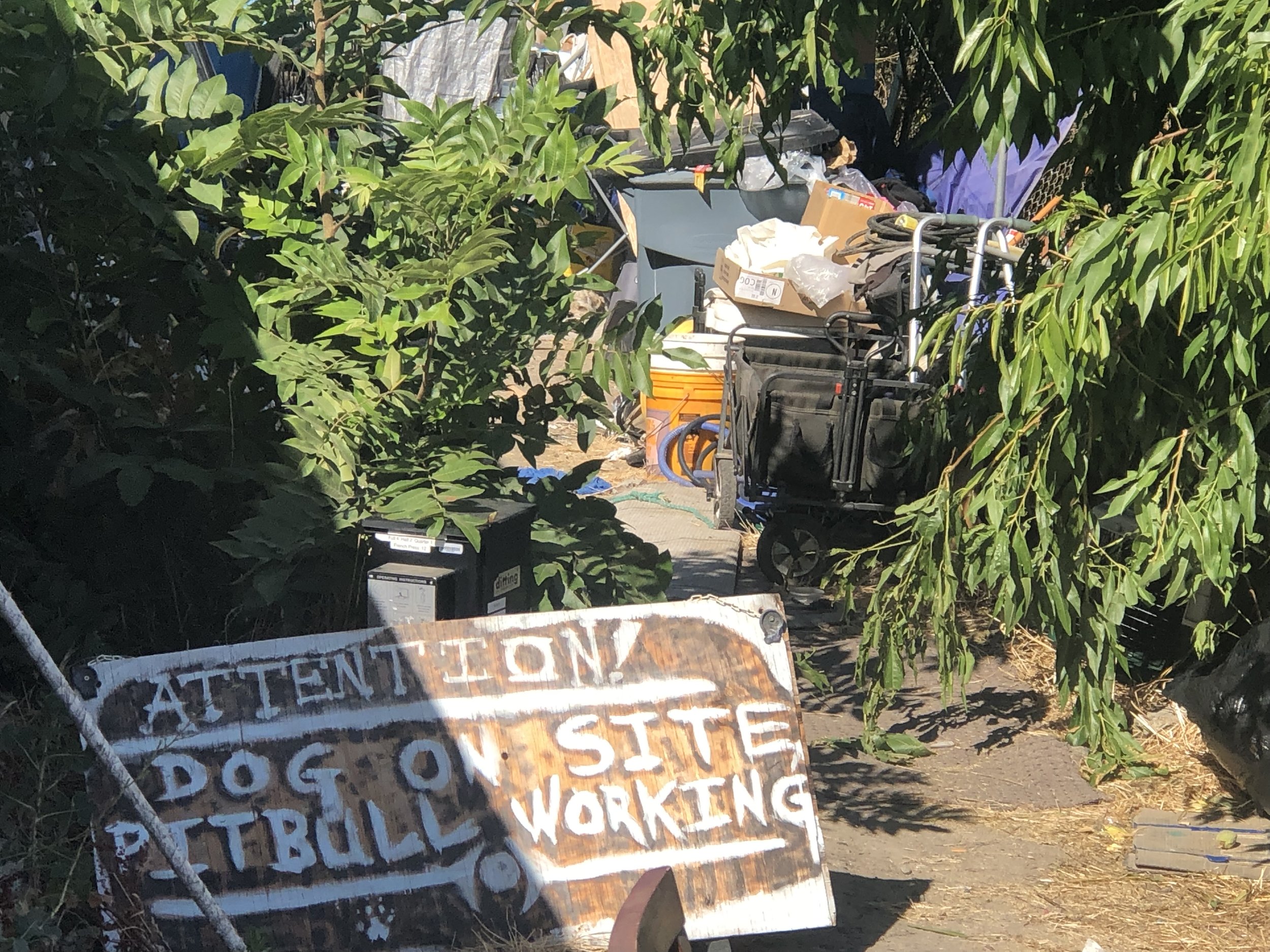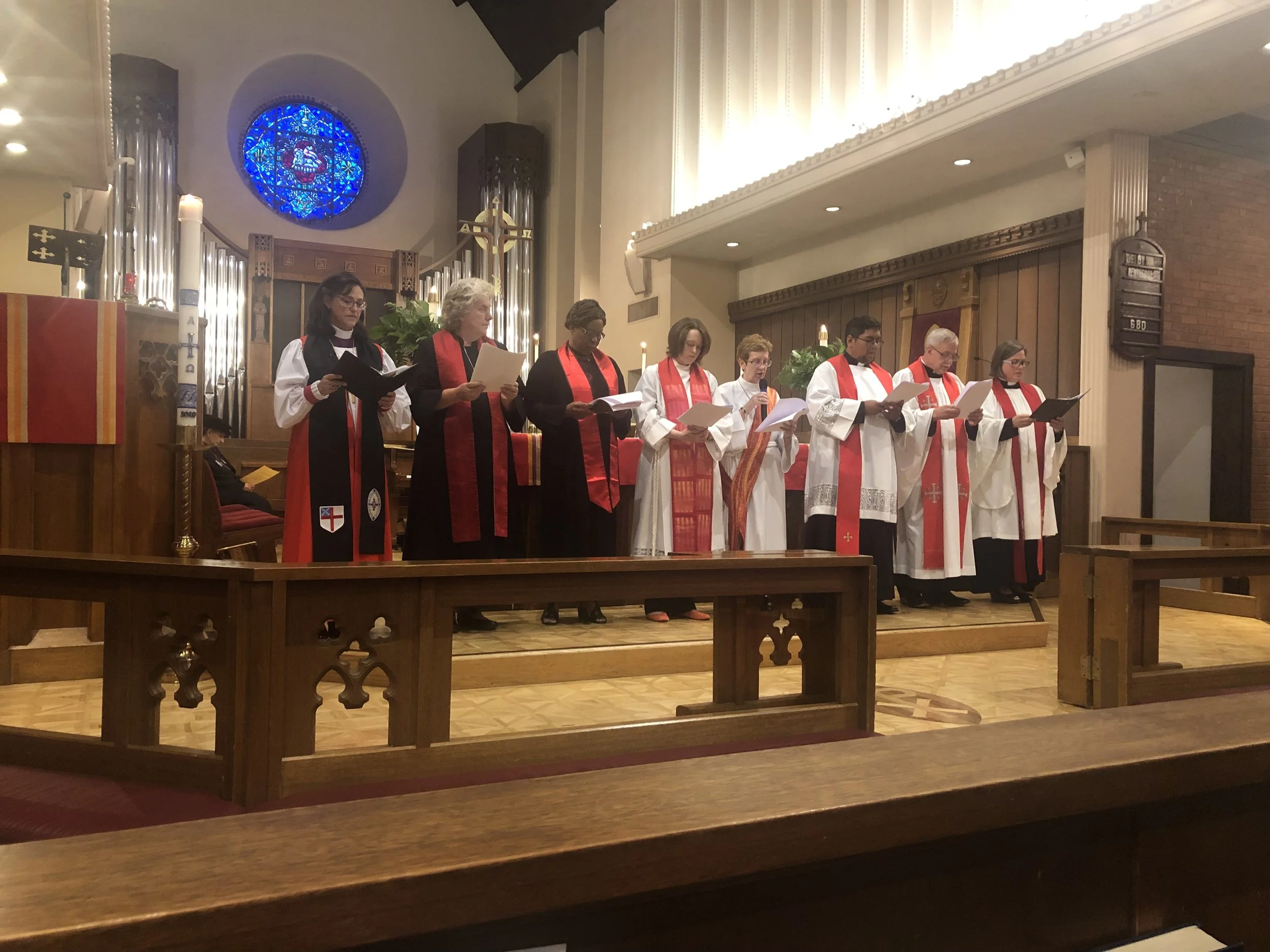Mayor Steinberg proposes south Sacramento shelter as part of city homeless strategy
As part of his effort to get thousands of homeless people off the street, help them stabilize their lives and transition to permanent housing, Mayor Darrell Steinberg this week proposed a 100-bed “rehousing” shelter on a city-owned parking lot on Meadowview Road.
The parking lot is down the street from the Pannell Community Center next to the city’s Solid Waste Facility. Here are key points to know about the proposed shelter and the reasons why the site was chosen:
A homeless camp in south Sacramento
This site meets important city criteria. It is already owned by the city, is paved and has connections to utilities and sewer service. A shelter could be open by winter.
At about five acres, it’s large enough for guests to have plenty of outdoor space for storing belongings, for pets and for getting fresh air. This will reduce the impact on the neighborhood.
The number of people who are homeless in Sacramento grew by 19 percent between 2017 and 2019, and no neighborhood is immune. Between January and Aug. 5, the police department received 962 calls for service related to homelessness from District 8, which includes Meadowview.
Neighborhoods all over the city are being asked to host shelters. The Sacramento Housing and Redevelopment Agency is converting the Capitol Park Hotel at Ninth and L streets into a low-barrier shelter set to open in September. It is also negotiating with Caltrans to put a sprung shelter on a piece of state-owned land in the Broadway corridor near Alhambra Boulevard. Another shelter is planned for Ethan Way on land now owned by Cal Expo.
This shelter would serve about 100 people. Outreach would focus on people already living outdoors in the neighborhood.
There would be no walk up admission, so people would not be lining up outside. The shelter would be open 24 hours, so people wouldn’t be forced out during the day.
The shelter would come with round-the-clock security and an increased police presence in the neighborhood.
The non-profit Downtown Streets team would beautify the area around the shelter. And a specially dedicated city sanitation crew would also focus on cleaning up after any homeless encampments.
This is part of the city’s low-barrier triage strategy, which focuses on bringing chronically homeless people inside and surrounding them with intensive services to help them stabilize their lives and get into permanent housing. Guests are able to come with their pets, partners and possessions.
Every shelter, including this one, would have a housing specialist on site to help get people placed.
It would improve on the model of the city’s first low-barrier shelter, on Railroad Drive, which had a significantly better placement rate than traditional shelters. Forty percent of those who stayed at Railroad moved to permanent or longer term housing. That compares to about 21 percent of traditional shelter residents.
Railroad placed 264 formerly homeless people, many of whom had been homeless for decades, in permanent or transitional housing.
Crime did not go up in the neighborhood around Railroad. Neighbors who were originally against the shelter ended up embracing it.
The Meadowview site has a wall on one side and fencing. The fencing would be beefed up and include mesh that would obscure the view from the outside.
Site of proposed shelter is outlined in blue





